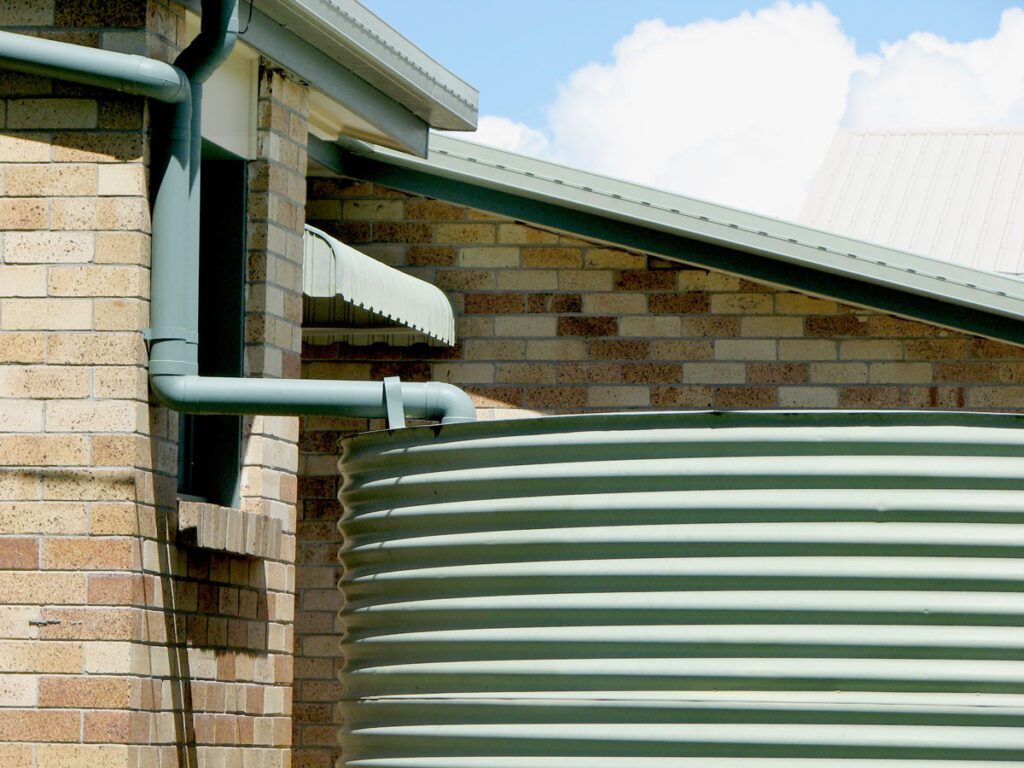
In New Zealand, numerous households harvest rainwater from their roofs, utilizing it as a primary source of drinking water. This practice is both environmentally friendly and cost-effective. However, ensuring the purity of this water is essential for health and well-being. Understanding potential contaminants and implementing preventive measures can help maintain a safe water supply.
Common Contaminants in Rainwater Tanks
- Microbial Contaminants: Rainwater can introduce microorganisms into storage systems. Studies have found that a significant percentage of rainwater samples contain total coliforms and E. coli, indicating potential contamination. Regular monitoring and maintenance are crucial to ensure water safety.
- Debris and Organic Matter: Leaves, twigs, and other organic materials can accumulate on rooftops and gutters. Without proper filtration, these can enter the tank, leading to sediment buildup and providing a breeding ground for bacteria.
- Chemical Contaminants: Roofing materials and atmospheric pollutants can introduce chemicals into the collected rainwater. While the risk is generally low, it’s essential to be aware of the roofing materials used and their suitability for rainwater harvesting.
Preventive Measures
- First Flush Diverters: Installing a first flush diverter helps ensure that the initial runoff, which may contain higher concentrations of contaminants, is diverted away from the tank. This simple device plays a significant role in maintaining water quality.
- Regular Maintenance: Cleaning gutters and roofs periodically prevents the accumulation of debris. Regular inspection and cleaning of the tank interior also help in reducing sediment buildup and microbial growth.
- Filtration and Treatment: Implementing appropriate filtration systems can effectively remove sediments and pathogens. Options include cartridge filters to reduce sediment, dirt, and rust, and carbon filters to address odors and certain chemicals. Regular maintenance and timely replacement of filter components are essential to ensure their effectiveness.
Ensuring Safe Consumption
While rainwater harvesting is a sustainable practice, it’s essential to ensure the collected water is safe for consumption. Regular testing for microbial and chemical contaminants provides assurance of water quality. Engaging professional services for tank inspection, cleaning, and maintenance can further enhance the safety and longevity of your rainwater system.
By understanding potential contaminants and implementing these preventive measures, New Zealand homeowners can continue to enjoy the benefits of rainwater harvesting while ensuring their drinking water remains clean and safe.
Sources and Further Reading
OrganicNZ article on ensuring clean, safe rainwater harvesting.
Click here to download guidelines for Rainwater Harvesting systems from Ruapehu District Council
